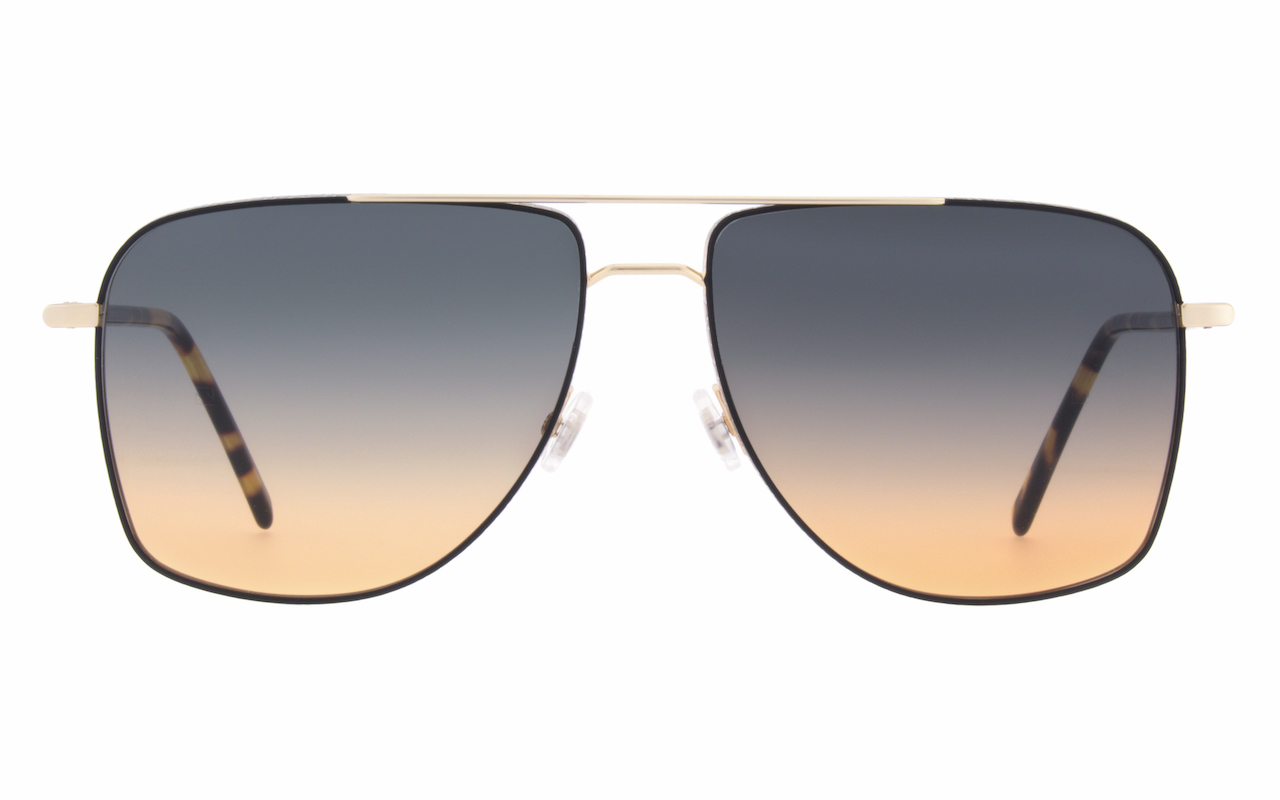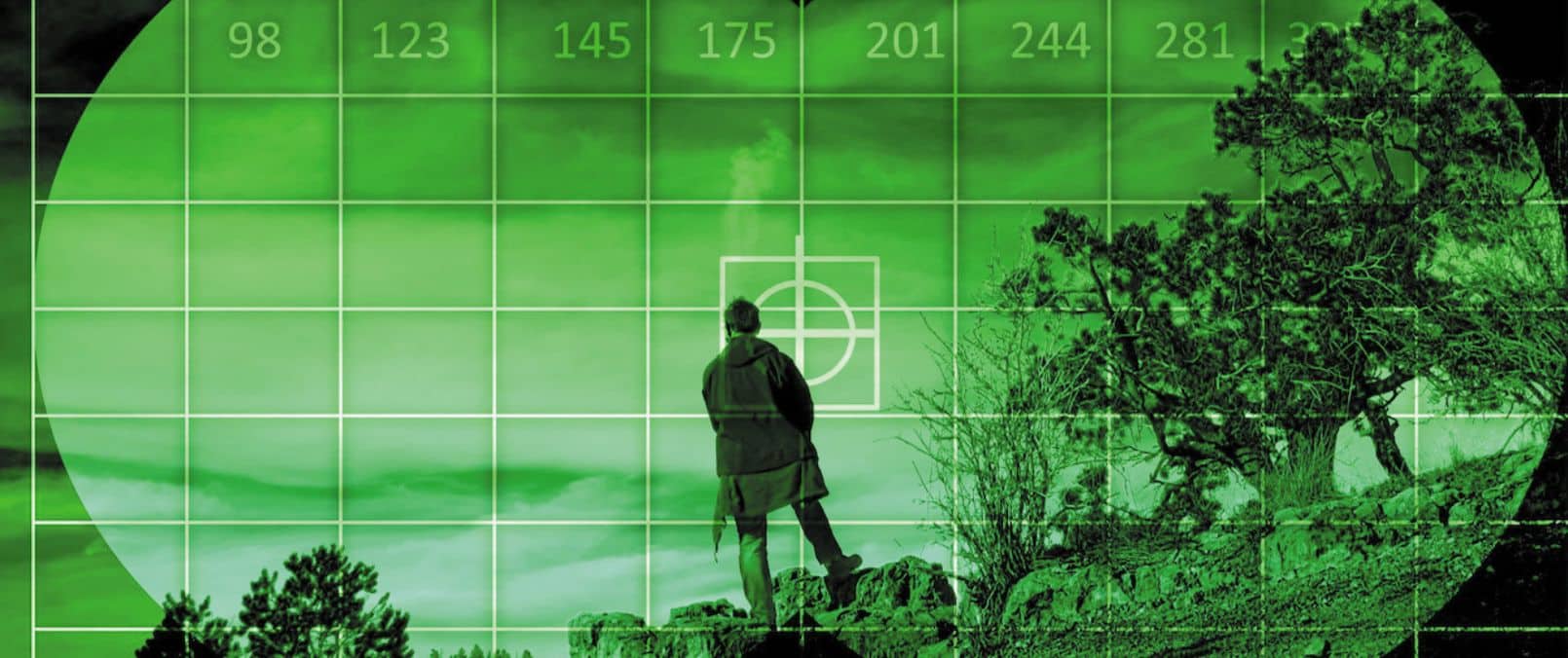Flying High: Aviators and the Making of Modern Machismo
Friday, March 29 2024 | 08 h 23 min | Frames Fashion
By Sarah Bureau, RO
In the world of fashion, there are certain pieces which encapsulate a distinct aesthetic. A vibe that can take a basic expression into one which speaks volumes with the addition of specific accessories. There are few adornments that speak quite so loudly as the aviator. Donning a pair immediately imbues the wearer with an air of power, confidence, and rebellion.
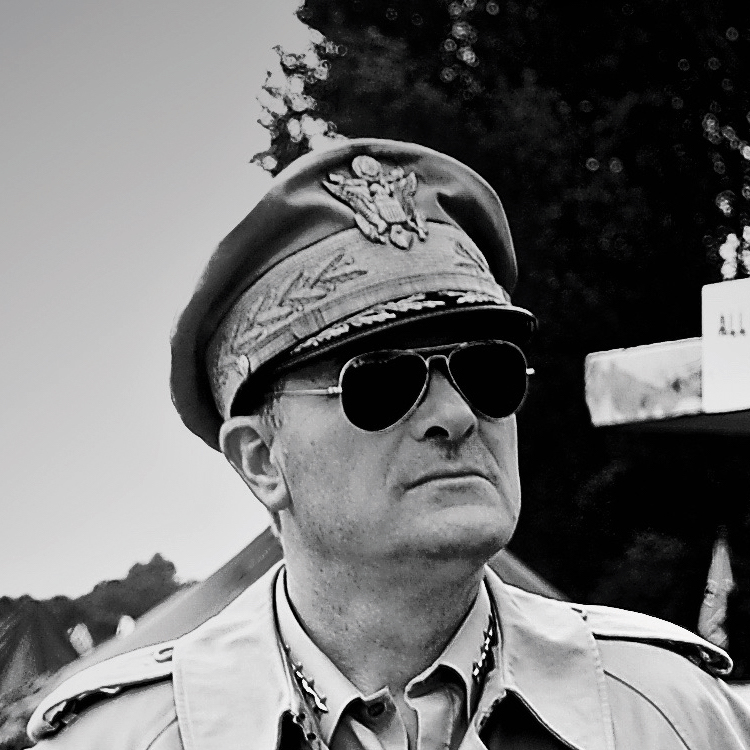
From the moment the media captured images of US General MacArthur landing on the beaches of the Philippines in World War II in 1944, the Air Force issue aviator transitioned from a standard piloting necessity to a badge of heroism. Although the aviator shape had been a military staple since the 1930s, the demand for them grew exponentially with the general public soon sporting the classic shades as a symbol of support for their forces, pride swelling as they donned their tear drop shape. Although no single item can be gendered as specifically male or female, the aviator’s genesis on the faces of American fighter pilots was instrumental in their masculine and heroic appeal. In 1947, Ray-Ban created a marketing campaign featuring Amelia Earhart to advertise the shape as a patriotic statement piece that women could also wear.
The Celebrity Endorsement: Fueling the Fire
In the 1950s, edgy celebrities like Marlon Brando helped transition them from Air Force allotment to culturally cool when they began wearing the shades as a fashion statement. Throughout the 60s
and 70s, they continued to grow in popularity when provocative musicians and celebrities the likes of David Bowie, Mick Jagger, and Steve McQueen were photographed wearing modern iterations of the classic shape. As the paparazzi captured the palpable sexuality and masculine energies these celebrities exuded behind their tinted lenses, the aviator became an enviable expression of male machismo.
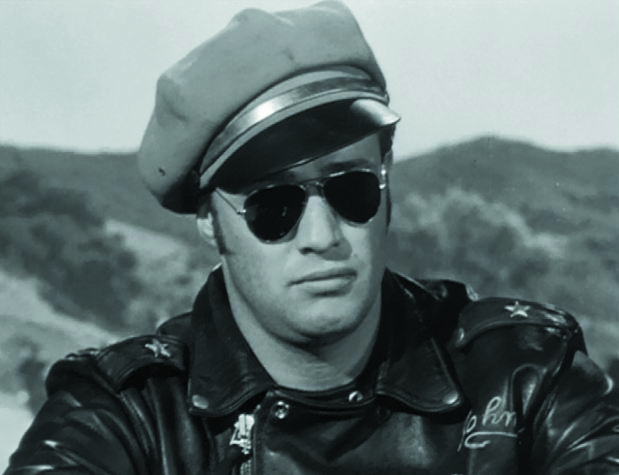
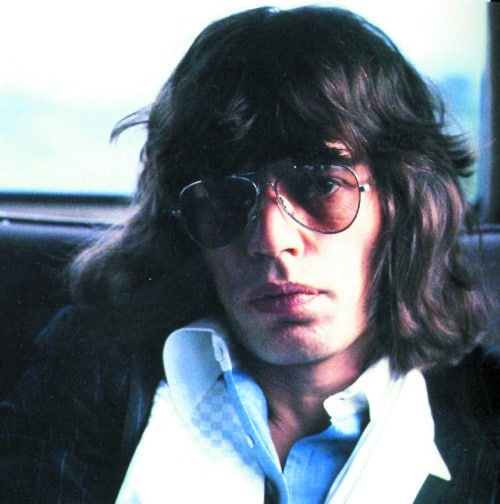
Aviators in Hollywood
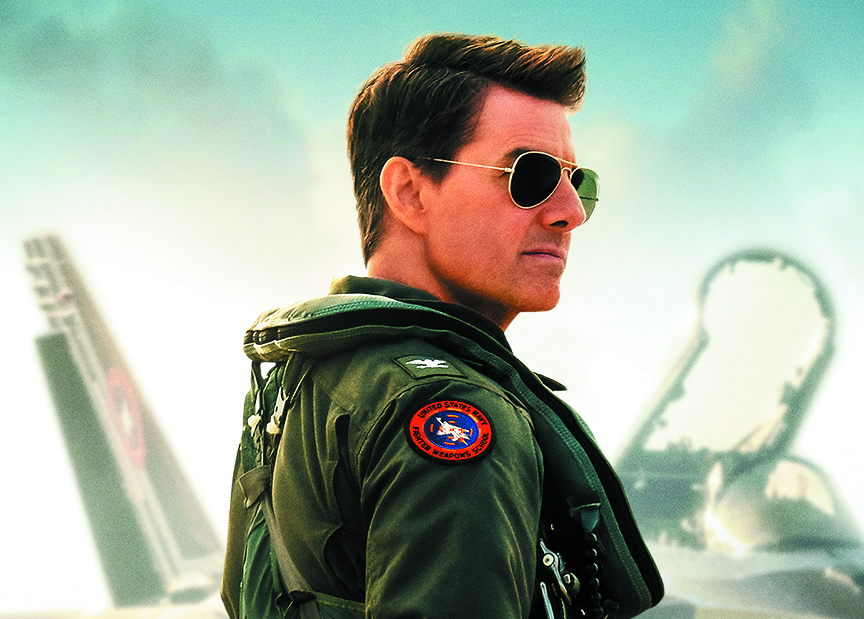
The 1986 blockbuster film Top Gun solidified the aviator’s cultural status as an outward expression of masculinity and sex appeal. Tom Cruise, donning the iconic shades of the character Maverick – a charming combination of bravery, danger, and romance – is likely one of the first images many think of when the word ‘aviator’ comes to mind. With men and women alike wanting to personify the characteristics of this role, the Ray-Ban aviator saw an increase of 40% in sales after the movie premiered.
Overtly masculine characters have continued the story line of machismo in Hollywood. Personas played by Al Pacino as a mobster in Scarface, Angelina Jolie and Brad Pitt as assassins in Mr. & Mrs. Smith, and Daniel Craig as secret agent James Bond have all assisted in creating the linear thread between the aviator and manliness.
The Dark Side of Aviators
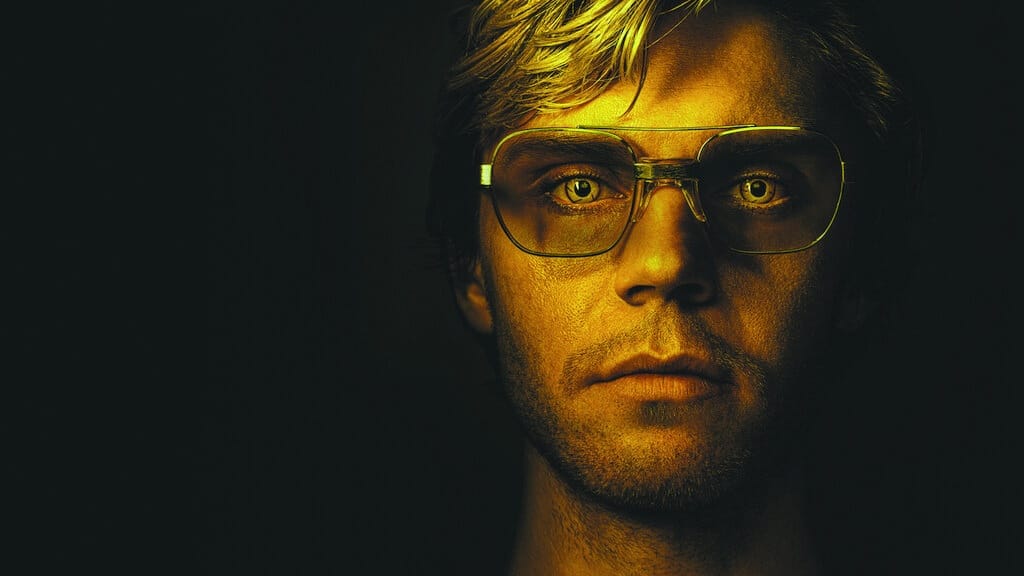
Of course, no article on aviators could be complete without the mention of the phrase “serial killer glasses”. With what has been termed the “golden age of serial murder” happening between 1970 and 2000, it is simply a statistical fact that the shape was quite popular during that time and that a great many men wore them. A quick Google search will however provide a list of criminals longer than you would hope who all wore the classic aviator shape. Although wearing a pair certainly does not make you a criminal, there is a cultural connection between crime and fashion when it comes to aviators. The dark perspective on this eyewear can be seen to have a connection between perceived power and the double bridged tear drop style. This connection is not only made in real life, but also in Hollywood with TV and movie personalities like Stanley Tucci in The Lovely Bones, Ethan Hawke in Black Phone, and Christian Bale in American Psycho.
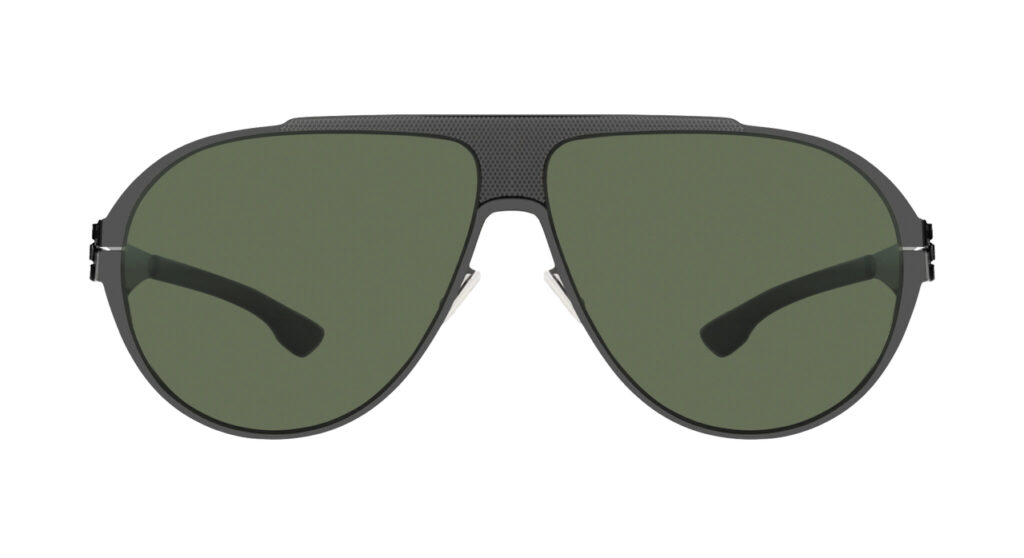
Beyond the Hollywood screens, an association of machismo with the iconic shape also exists. What Halloween costume of a police officer is complete without a set of aviators?
International border agents may seem a touch more intimidating if you pull up and find them sporting these shades. “Shooter” aviators with the trademark circle in the bridge were created for gun enthusiasts who needed a place to hold their cigarette when they needed to free their hands to hold their firearm.
Eyewear Evolution
Since the original aviator was created nearly a century ago as a purely functional appliance to assist pilots in the very bright high altitudes they flew, it has morphed itself into a cultural symbol of masculinity and gritty sex appeal. Its embodiment of danger, rebellion, and power have all contributed to its long running popularity as a fashionable icon in optics. So pull out your aviators, strike a powerful pose, and revel in the potent aura they project.
…Oh, and please don’t become a serial killer.
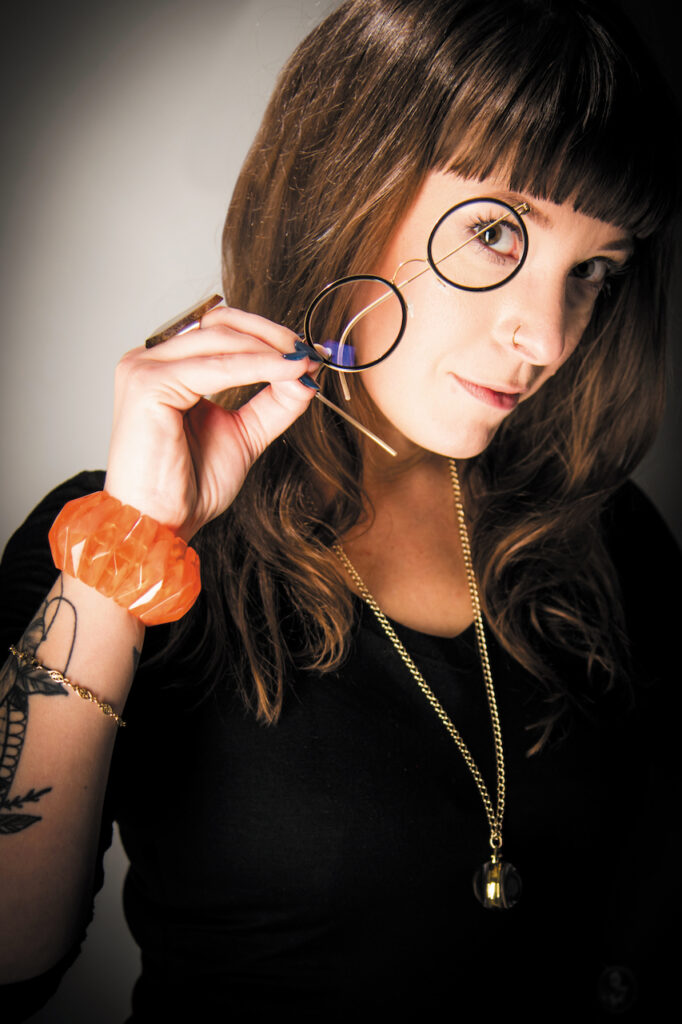
Sarah Bureau has been a licensed dispensing Optician in Niagara, Ontario for more than 20 years. She is the woman behind sbspecs, specializing in repairing and customizing eyewear for Opticians all across North America. Her love for restoring eyewear and modifying frames for unique fits is evident in the care she puts into each pair that crosses her workbench.
Want to see more like this article? Click here to subscribe to our FREE print magazines and e-newsletters!

